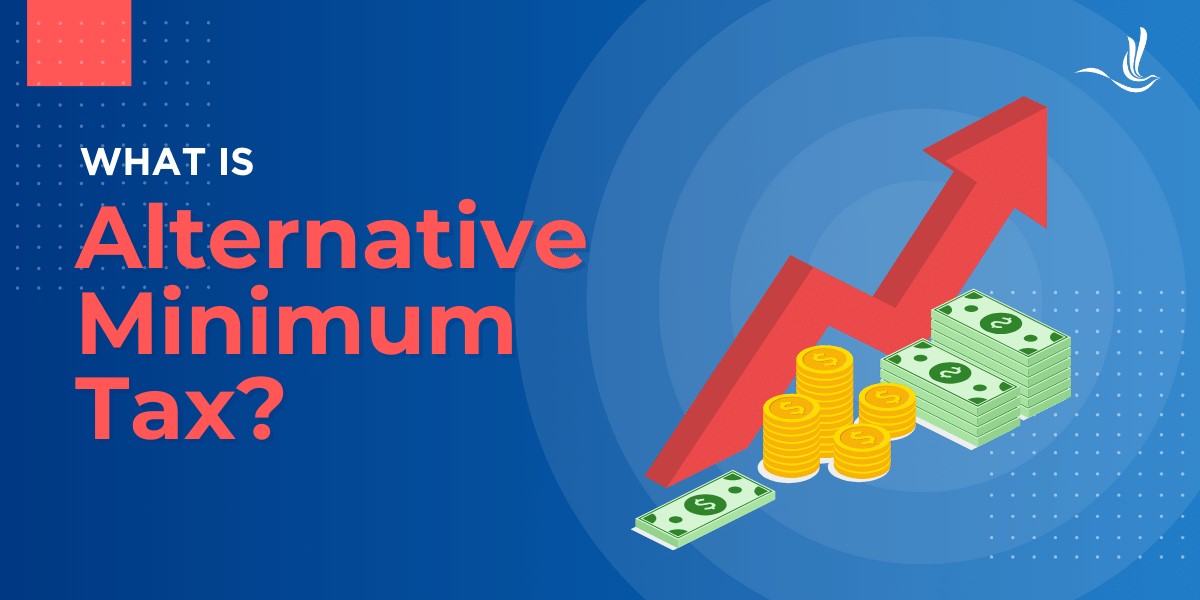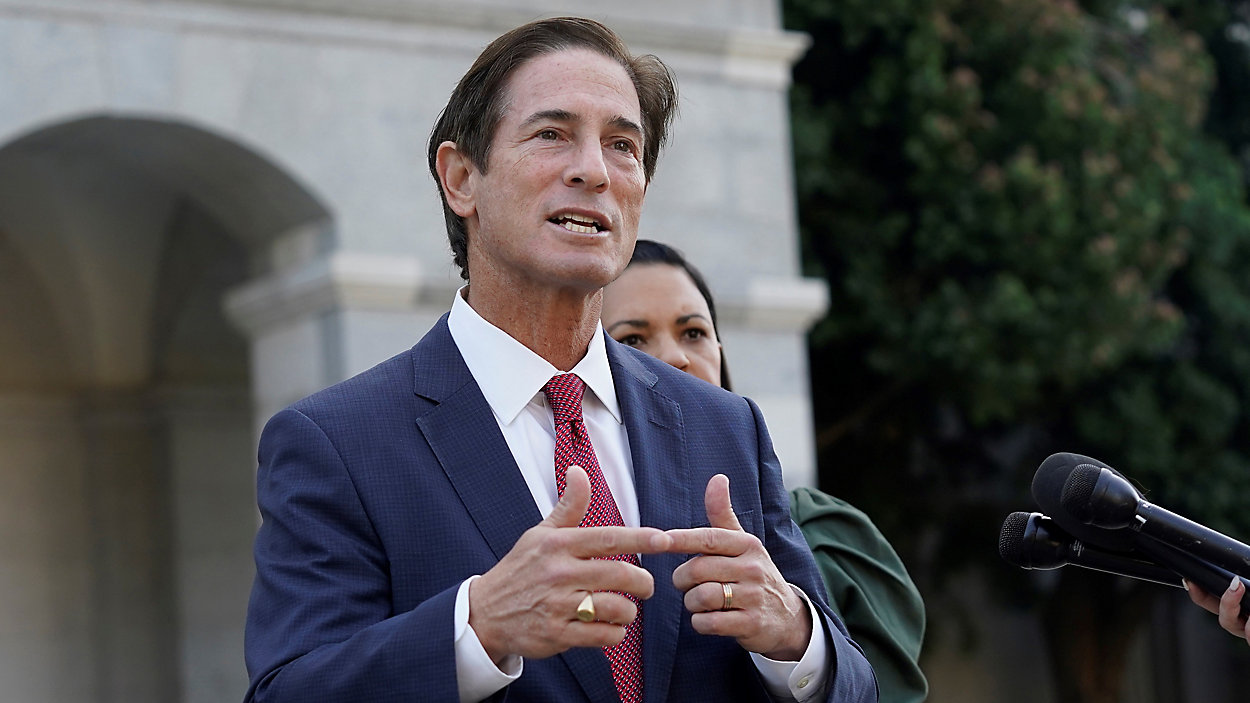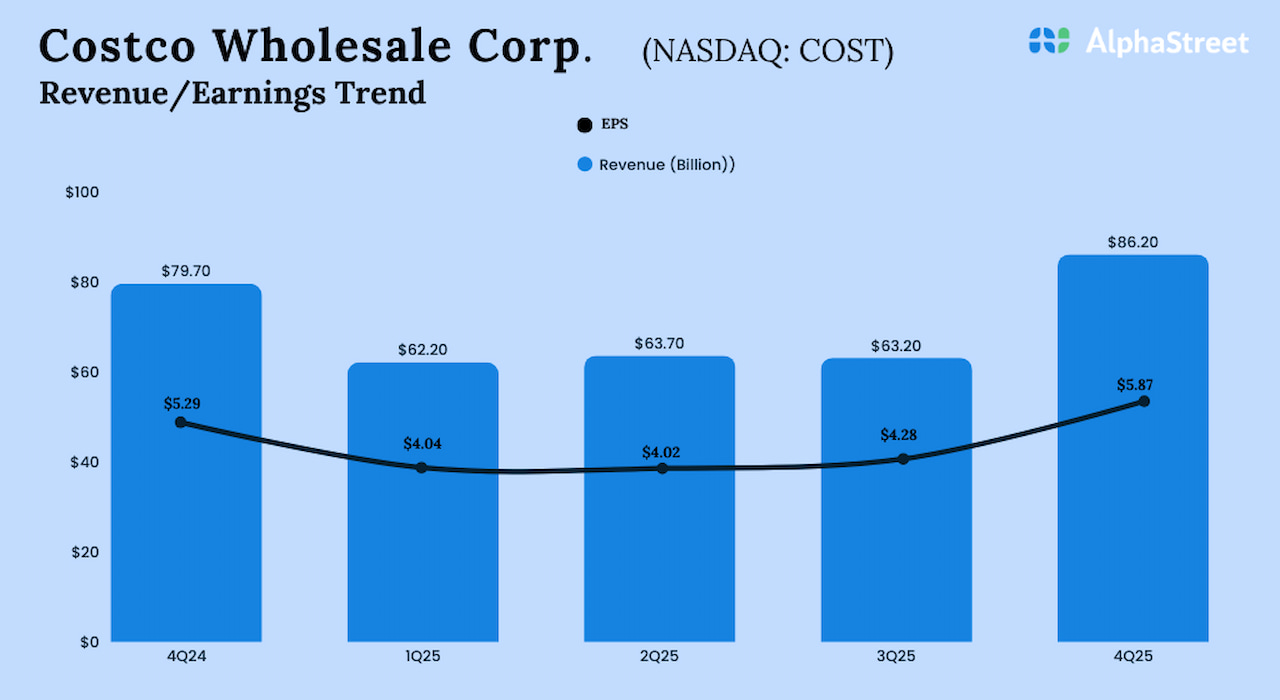In August of 2024, I had the opportunity to interview Dr. Eva Eberhartinger, professor of business taxation at WU Vienna University of Economics and Business, about the future of the EU tax mix. A lightly edited transcript from that interview is below and shows that currently, the tax mix is diverse across Member States, and they are not yet prepared to relinquish tax sovereignty in the name of a more federal EU tax system. Furthermore, we discussed aspects of heuristics in multinational tax planning and the anticipated effects of Pillar Two.
Sean Bray: How would you characterize the current EU tax mix?
Eva Eberhartinger: We can observe a divide between former communist countries and Western European countries in their tax systems and in their tax mixes. Western European countries have a strong emphasis on tax on labor and VAT, whereas in Eastern European countries, income tax is lower. For all countries, the relevance of green taxes and environmental taxes is still low. Ultimately, there is not just one EU tax mix, but rather, it is a combination of 27 tax mixes.
Sean Bray: What are some improvements that need to be made for a stable and democratically legitimate European tax system?
Eva Eberhartinger: Any act of Parliament is democratically legitimate, and any tax needs to go through Parliament. Accordingly, tax systems in Member States are legitimate. On the European level, democratic legitimization of an EU tax via the European Parliament would require some major changes to the framework and the legal basis. I’m convinced that in the long term, the European Union should eventually become a federal state. Otherwise, Europe loses relevance between the blocs like China and the US. A European federal state would need its own tax revenue, which again requires legitimization via the EU Parliament. But that is still a long way to go, and we see clearly that Member States are not ready to give up their tax sovereignty or even parts of it.
I am also convinced that, especially in Western European countries, tax systems are too complicated, and every other year another layer of complexity is added—think of Pillar Two recently. Usually, you find very complex domestic tax laws, plus the bilateral tax agreements, plus the European and international layers of tax laws. And that is just so costly for everyone. Not only for multinationals, but also for small domestic firms, and even for administration. If you talk to tax administrations, you find that they also struggle to keep up with recent developments.
Sean Bray: What is a heuristic, and what role do you think that heuristics play in international tax planning and international tax policy?
Eva Eberhartinger: The general perception is that multinationals, especially in international tax planning, make decisions in a very rational way. They’re fully informed, they employ experts, and their decision-making should be very well-founded and unbiased. Expert decisions and group decisions are more rationally founded than otherwise. However, even in these cases, it’s always ultimately individuals who decide, and all individuals are subject to decision biases. A heuristic means, for instance, that the decision in front of you is so complex that you just don’t have the time, or the resources, or maybe the brains, to rationalize every detail. Instead, you make a shortcut decision, an educated guess, you simplify your decision-making process. That’s a heuristic.
We found in a research project that tax planning decisions are subject to tax rate bias. Tax is the product of tax rate and tax baseThe tax base is the total amount of income, property, assets, consumption, transactions, or other economic activity subject to taxation by a tax authority. A narrow tax base is non-neutral and inefficient. A broad tax base reduces tax administration costs and allows more revenue to be raised at lower rates., so for a fully informed decision, you need to consider both. The tax rate bias means that the tax rate is more prominent in decision-making; people mostly think about the tax rate effect and neglect the tax base effect. For policymaking, this means that the tax rate is a very strong signal. Decision-makers react more strongly to, for instance, lower tax rates instead of lower tax bases.
There are other studies that show that firms’ decision-making is not fully rational in tax. There is a German piece of research indicating that firms’ decision-makers, especially in small and medium-sized firms, have a surprisingly strong misperception of their own average and marginal tax rates. Not only do many not know the difference between average and marginal tax rates, but they also have absurdly high perceptions of their own tax burden.
Another piece of research from the US shows that when the decision or the problem requires information on the marginal tax rate, decision-makers use the average tax rate instead. Tax decisions, just like other decisions, are not fully rational. And the tax rate is a strong signal, but even that is often misperceived. That’s the core message.
Sean Bray: How do you think Pillar Two will change the way companies are doing business in Europe, and what are the trade-offs of international tax policy designs?
Eva Eberhartinger: In the past, most multinationals had some degree of tax planning, and some excessively. During the past years, because of the OECD’s Base Erosion and Profit ShiftingProfit shifting is when multinational companies reduce their tax burden by moving the location of their profits from high-tax countries to low-tax jurisdictions and tax havens. (BEPS) Project, the degree of multinationals’ active tax planning has been reduced, in my observation. So, multinationals have already changed their behavior. You’ll find several CFOs who would confirm that they’re not using transfer pricing for tax planning any longer, and who just want to get their comprehensive and coherent transfer pricing system accepted in all countries by all tax administrations. That would be my first observation.
Secondly, however, I am still convinced that firms must continue to cut costs, including tax costs. So, I would expect that firms would react to Pillar Two in two or three ways.
The first way would be factor shifting, instead of profit shifting. Multinationals might move their assets and workforce to those places where a carve-out applies, and where the tax rate is low. Shifting the factors of production to another country comes at a huge cost, so it remains to be seen whether factor shifting really happens. I’m really curious to see the data that is not available yet.
The second potential reaction to Pillar Two would be shifting profit to middle-tax countries, instead of using tax havens or low-tax countries. This means that middle-tax countries with an income tax rate of maybe between 15 and 22 percent would benefit from Pillar Two and have higher tax revenue. This puts a question mark on whether high-tax countries will really benefit as much from Pillar Two as expected. There is already research available that confirms profit-shifting to middle-tax countries as a reaction to country-by-country reporting. The calculations from the European Commission and from the OECD estimating enormous amounts of additional tax revenues from Pillar Two seem vastly exaggerated.
My third expectation is that, under Pillar Two, tax competition will shift from tax rate competition to tax incentive competition. You know that under Pillar Two, specific types of tax incentives are favored as opposed to other types of tax incentives. We can already observe that some states have rearranged their incentive system to better match with Pillar Two.
This leads me to another point, which is often overlooked: Pillar Two primarily addresses the states and their participation in tax competition. Pillar Two is a game-theoretic approach to pressure low-tax countries to increase their tax rates. Multinationals are just the secondary addressees; they have to execute the Pillar Two rules. Multinationals’ profit shifting has already been addressed quite effectively before via additional anti-avoidance rules.
Sean Bray: What do you make of tax fairness?
Eva Eberhartinger: I usually avoid talking about tax fairness because the perception of fairness depends very much on individual values and political judgment. My own sense of tax fairness focuses on the fraudulent behavior of tax evasion. If you don’t comply with tax law, if you don’t pay your tax due, like it or not, that is fundamentally unfair and undemocratic. Therefore, tax evasion needs to be vehemently addressed. Investing in tax administrations, in their AI, in data management, in tax auditors, always pays back.
What also comes to my mind is the interplay of complexity and tax fairness. You need some degree of complexity to provide relief for low-income individuals. This could possibly promote fairness, but it adds complexity. On the other hand, the more complex a tax gets, the more unfair it becomes, because in a complex tax system, you need advice, and you need resources. If you don’t have resources, you are left alone in the jungle of rules that you do not understand. Therefore, tax fairness asks for lower complexity in the tax system as a whole.
Another aspect of tax fairness is tax neutrality. A tax system should be neutral: a tax should be designed in a way that does not affect decision-making. In that case, a tax is neutral in financing or investment decisions. Neutral tax systems include an allowance for corporate equity (ACE) tax, or a cash flow tax. Both are neutral to investment decisions. The tax system should provide specific investment incentives only where negative externalities need a price tag, like CO2 emissions. So, I’m very much in favor of a neutral tax system. Most economists and business researchers agree.
Sean Bray: Do you think Pillar Two will cause a subsidy “race to the bottom,” and, if so, which countries do you think will benefit more from such a change in tax competition?
Eva Eberhartinger: We do observe some subsidy competition already now, like in Singapore and Vietnam. For high-tax countries, I would expect that instead of increasing their subsidies, they would have to reduce their rates in line with the high visibility of the tax rate signal. Not below 15 percent obviously, but a combined 30 percent corporate income taxA corporate income tax (CIT) is levied by federal and state governments on business profits. Many companies are not subject to the CIT because they are taxed as pass-through businesses, with income reportable under the individual income tax. rate in Germany, for instance, seems too high compared to other countries. So, there might be a different type of tax competition depending on the prior position as a low- or high-tax country. The high-tax countries might still feel the pressure to reduce rates, whereas the low-tax countries compete with subsidies, and thus on the tax base.
Stay informed on the tax policies impacting you.
Subscribe to get insights from our trusted experts delivered straight to your inbox.
Subscribe
Share this article




























